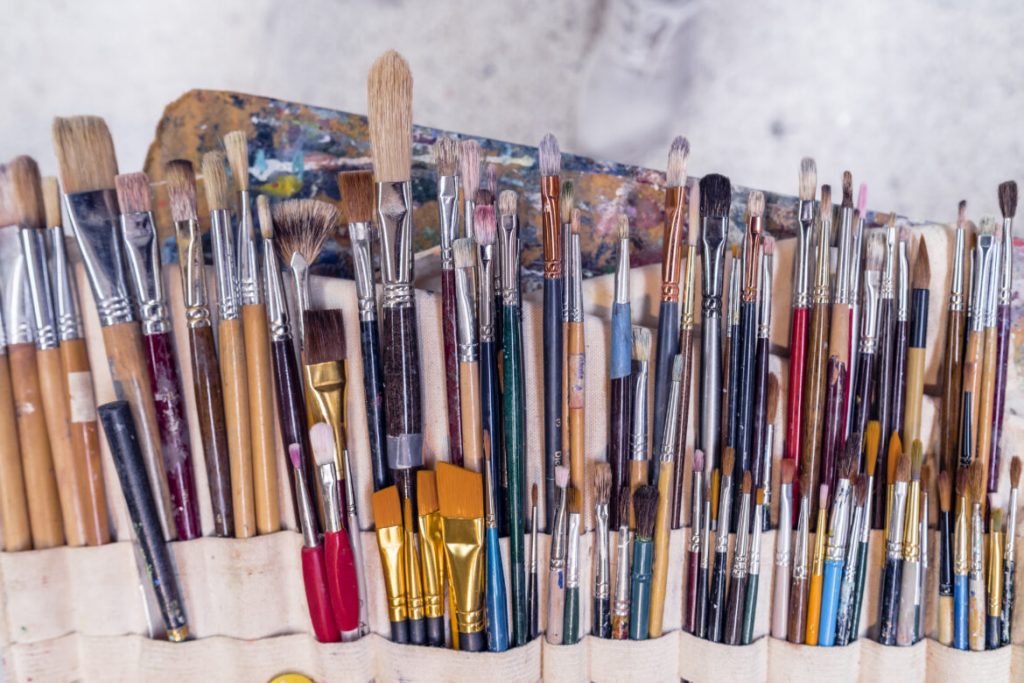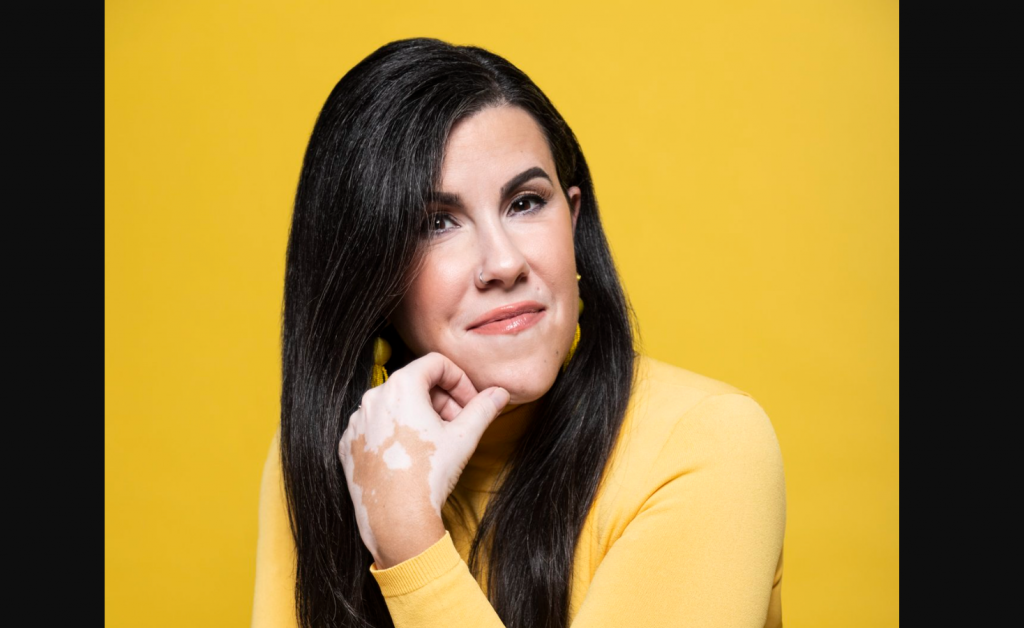Companies need to be creative to meet the complex challenges of our time. However, this subject is not always well understood by the general public, or even by researchers. Here are four recent studies that shed new light on the notion of creativity.
1 – The theory of “direct flights”
Let’s first look at the “innate” aspect of creativity. In 2022, a group of researchers from UCLA (California) published a study that looked at what was happening in the brains of hyper-creative people – from a biological point of view. By doing a magnetic resonance imaging scan during a creative period.
Our results show that highly creative people have a unique brain connectivity that tends to go off the beaten path,” Ariana Anderson, lead author of the study and professor of neurology at UCLA, explains here. Whereas non-creative brains tend to follow the same [neural] paths, highly creative people create their own routes.”
The researcher offers an analogy to air travel: when faced with a complex problem, highly creative people tend to create new direct connections rather than taking a series of known transits to get to their destination. In terms of brain activity, therefore, these people do not tend to seek the “easiest” or “most efficient” route.
These findings suggest that creativity with a capital C is associated with a global network architecture that is more ‘random’ than ‘efficiency-seeking’,” the study concludes.
2 – Room for “narrative” creativity
Despite an innate part, it is generally accepted that creativity can be learned. In fact, it is increasingly common to see employee training focused on creativity. Except that the creativity taught is mostly based on the notion of “divergent thinking”, which is the ability to combine words or concepts to generate new ideas.
In contrast to this concept, which relies on memory and rationality, researchers at Ohio State University propose fostering a different kind of creativity in workers: “narrative” creativity.
Narrative-focused training uses techniques common to those used by writers who create stories, they explain in a ScienceDaily article. One is to develop new worlds in your mind. For example, a company’s employees might be asked to think about the unusual customer they met, and then imagine that all their customers are like that. How would this change the company? What would they need to do to survive this change?
Researchers at Ohio State University have used the concept of narrative creativity “successfully” – they say – in training students from the U.S. Army, Ohio State University’s College of Engineering and the University of Chicago’s College of Management. Making up stories to solve complex problems? Why not!
3 – Empathy, mother of creativity
Going down a few grade levels, an interesting study conducted on 13 to 14 year old students showed that teaching empathy increases creativity. This was demonstrated in a London school where the curriculum was modified to include workshops on empathy.
The results show a statically significant increase among students in the test school, where the tools were used, ScienceDaily explains. At the beginning of the year, the creativity scores of students in the control school – with a standard curriculum – were 11% higher. By the end of the year, however, the situation was reversed: the test school’s creativity score was 78% higher than the control school’s.”
When you think about it, it’s true that learning to put yourself in another person’s shoes or skin is the first step to imagining a world differently – and it’s also the basis of the just-mentioned narrative creativity approach. That’s how to close the loop!
4 – Optimists and pessimists, a winning duo
Several studies already show that a “diverse” group tends to be more creative than a “homogeneous” group (see here and here). The diversity in question is usually cultural, gender or life experience. However, a study published in 2021 shows that “affective” or “emotional” diversity is also to be considered in the composition of a team that we want to be creative.
The dual-tuning theory suggests that combining the positive affect style (broad search and flexible thinking) with the negative affect style (detailed persistent search and critical thinking) facilitates creativity more than creating a homogeneous group composed of a single affect,” summarizes the study authors.
In their study, the Rice University researchers found that teams with a combination of positive/optimistic and pessimistic/critical people were more successful than emotionally homogeneous teams in optimizing the process of creating an innovative new product to differentiate itself from a competitor in the marketplace.
Here is some food for thought for your next creativity session!




